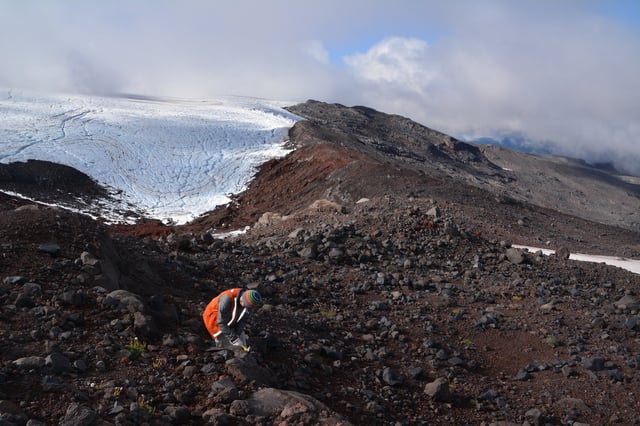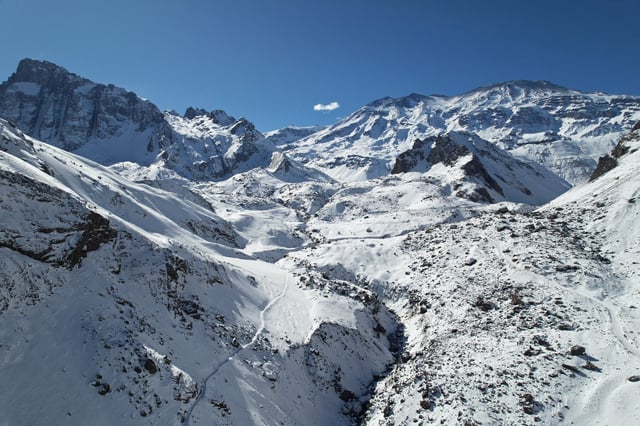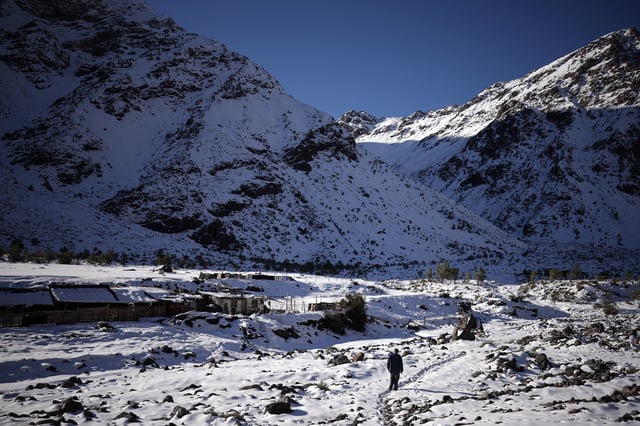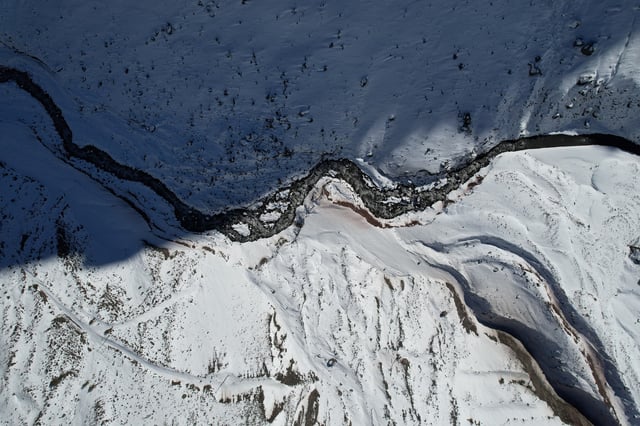Overview
- Latest Goldschmidt Conference findings show that present-day glacier retreat is already reducing pressure on Antarctic magma chambers, raising the prospect of more frequent, explosive eruptions.
- Researchers used argon dating and crystal analysis on six Chilean Andes volcanoes to reveal that rapid deglaciation around 13,000 years ago unleashed powerful eruptions by letting deep silica-rich magma expand.
- Thick ice cover during the last ice age suppressed eruption volume and allowed magma reservoirs to accumulate 10–15 km below the surface, a mechanism now reversing as ice disappears.
- Scientists warn that hundreds of dormant subglacial volcanoes worldwide—most notably under West Antarctica—could awaken as climate change accelerates glacier loss.
- While volcanic response to ice retreat is geologically swift, gradual magma-system evolution over centuries offers a critical window for bolstered geophysical monitoring and early warning systems.



